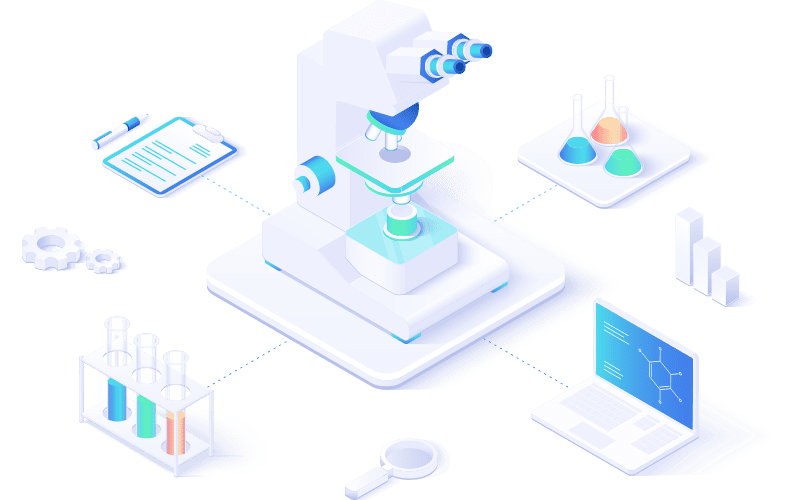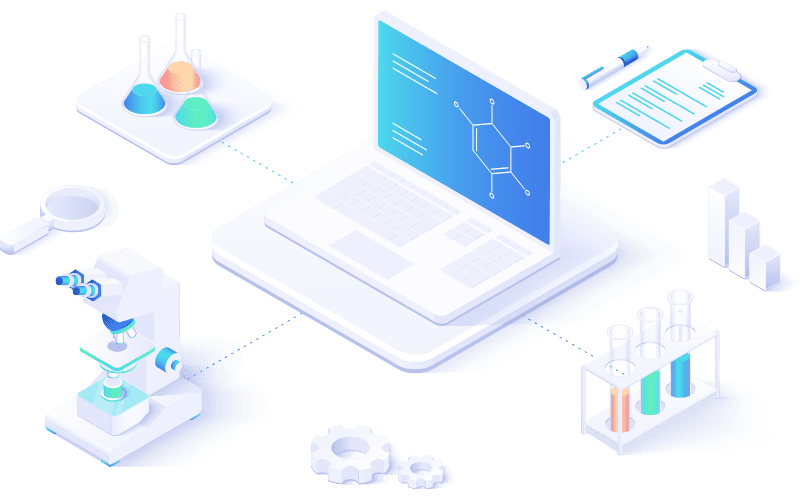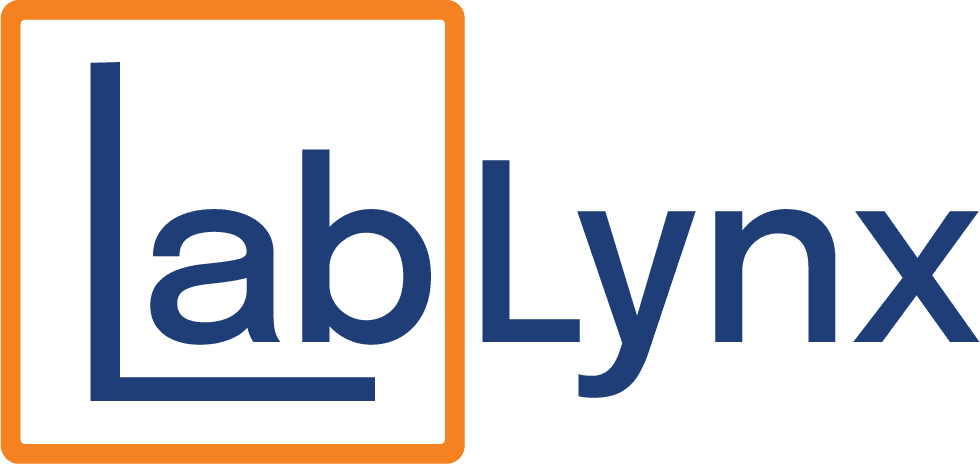
A fire, flood, cyberattack, or even a pandemic – these are the nightmares that keep lab managers up at night. The consequences of a lab disaster can be devastating, from data loss and equipment damage to regulatory non-compliance and financial ruin. While prevention is key, having a robust disaster recovery plan is equally essential. This is where a Laboratory Information Management System (LIMS) can be your lab’s saving grace.
Why Disaster Preparedness Matters for Laboratories
Labs are unique environments where valuable samples, sensitive data, and complex workflows intersect. In a disaster, the risks are amplified:
- Irreplaceable Samples: Loss or damage to samples can set back research, compromise clinical trials, or even have legal ramifications.
- Critical Data: Lab data is the lifeblood of research and analysis. Losing it can mean years of work down the drain.
- Regulatory Compliance: Disruptions can jeopardize your ability to adhere to strict regulatory requirements.
- Operational Downtime: The longer your lab is offline, the greater the financial impact and potential damage to your reputation.
How a LIMS Bolsters Your Disaster Management Plan
A LIMS is more than just a data management tool; it’s a central nervous system for your lab. Here’s how it can be a game-changer in a crisis:
Centralized Data Backup and Recovery
- Cloud-Based LIMS: Storing your data in a secure cloud-based LIMS means it’s safeguarded off-site, even if your physical lab is compromised.
- Automated Backups: Regular, automated backups ensure you always have a recent snapshot of your data to restore.
- Version History: LIMS often track version history, allowing you to roll back to a pre-disaster state if needed.
Real-Time Data Access
- Remote Accessibility: A cloud-based LIMS lets authorized personnel access critical data from anywhere, enabling remote work and decision-making during a disaster.
- Mobile Apps: Some LIMS offer mobile apps for even greater flexibility.
Sample Tracking and Management
- Chain of Custody: A LIMS meticulously tracks sample location, ensuring you can identify and potentially recover valuable samples after a disaster.
- Inventory Management: Knowing exactly what you had before the disaster simplifies reordering and replenishing supplies.
Workflow Automation
- Standard Operating Procedures (SOPs): Embedded SOPs within your LIMS ensure consistency and compliance, even when key personnel are unavailable.
- Electronic Signatures: Digital signatures can maintain data integrity and facilitate regulatory audits during recovery.
Business Continuity
- Reduced Downtime: By safeguarding data and streamlining recovery, a LIMS minimizes operational downtime.
- Communication Tools: Some LIMS have integrated communication tools, helping you coordinate response efforts.
LabLynx LIMS: Your Partner in Disaster Preparedness
LabLynx understands the unique challenges faced by laboratories. Our customizable LIMS solutions are designed to be your partner in disaster preparedness:
- Scalable and Secure: Our LIMS can grow with your lab and are built with robust security features.
- Cloud-Based Options: We offer cloud-based LIMS for ultimate data protection and accessibility.
- Expert Support: Our team is here to help you configure your LIMS for disaster recovery and provide ongoing support.
Conclusion
A disaster doesn’t have to be the end of your lab. With a LIMS in place, you can ensure the safety of your data, streamline recovery, and get back to what you do best – advancing science and research.
Don’t wait for disaster to strike. Contact LabLynx today to learn how our LIMS solutions can protect your lab’s future.
Request a demo of our LabLynx LIMS or talk to our experts about disaster preparedness for your lab.
Accelerate Your Lab's Success & Experience LabLynx
"*" indicates required fields
Explore the LabLynx Suites

LIMS Suite
Seamless Sample and Workflow Management
The LabLynx LIMS Suite empowers laboratories with the tools needed to manage samples, workflows, compliance, and more in one centralized system. It’s the backbone for labs seeking efficient, reliable, and scalable management solutions.

ELN Suite
The LabLynx ELN Suite offers a modern approach to managing lab data and experiments. With its secure, intuitive platform, your team can record, store, and collaborate effortlessly, supporting innovation every step of the way.

Lab Automation
Automate for Efficiency and Growth
Streamline operations and boost productivity with the LabLynx Lab Automation Suite. Designed for labs ready to embrace advanced automation, this suite integrates systems, instruments, and workflows to deliver efficiency at scale.
